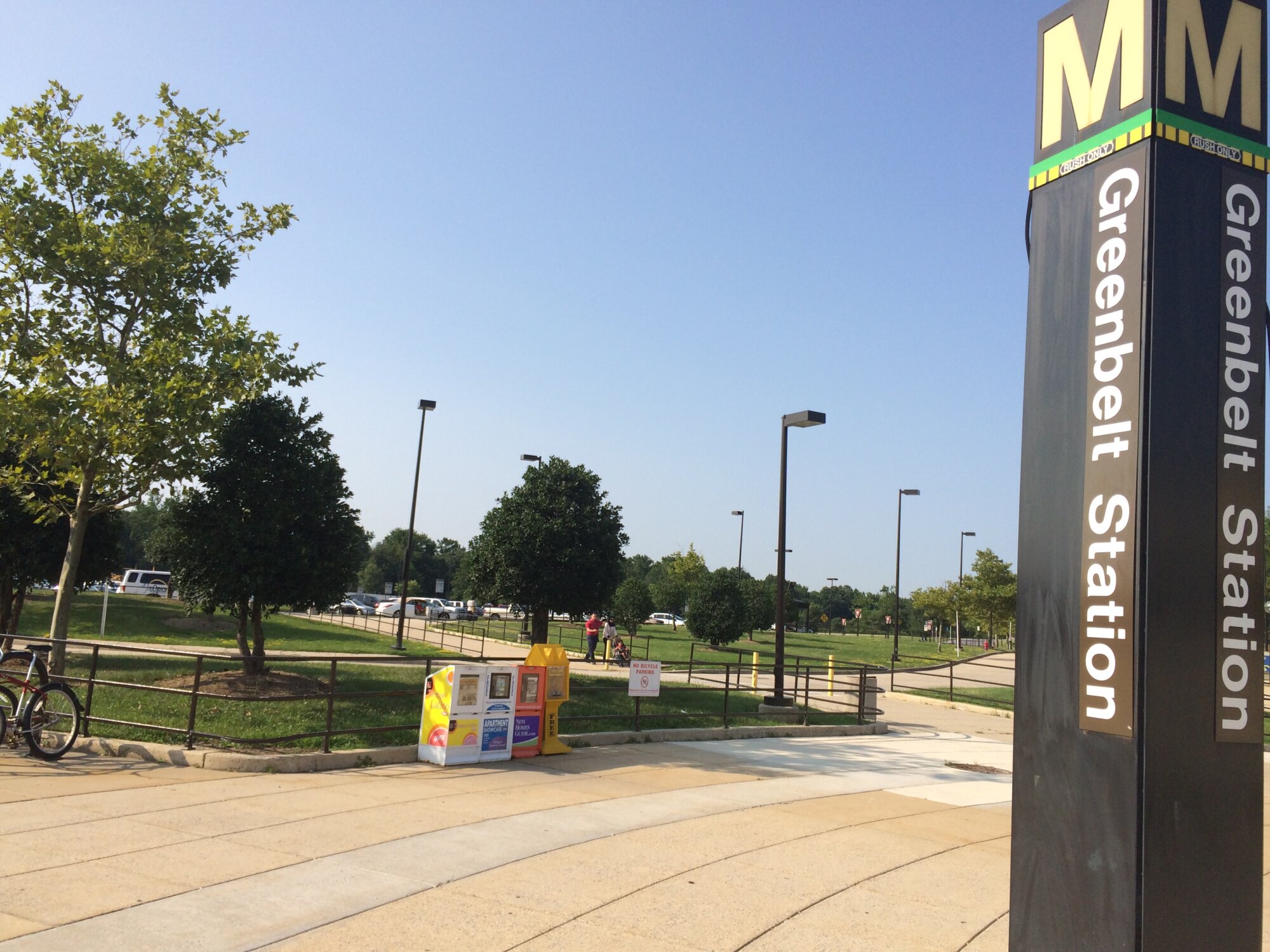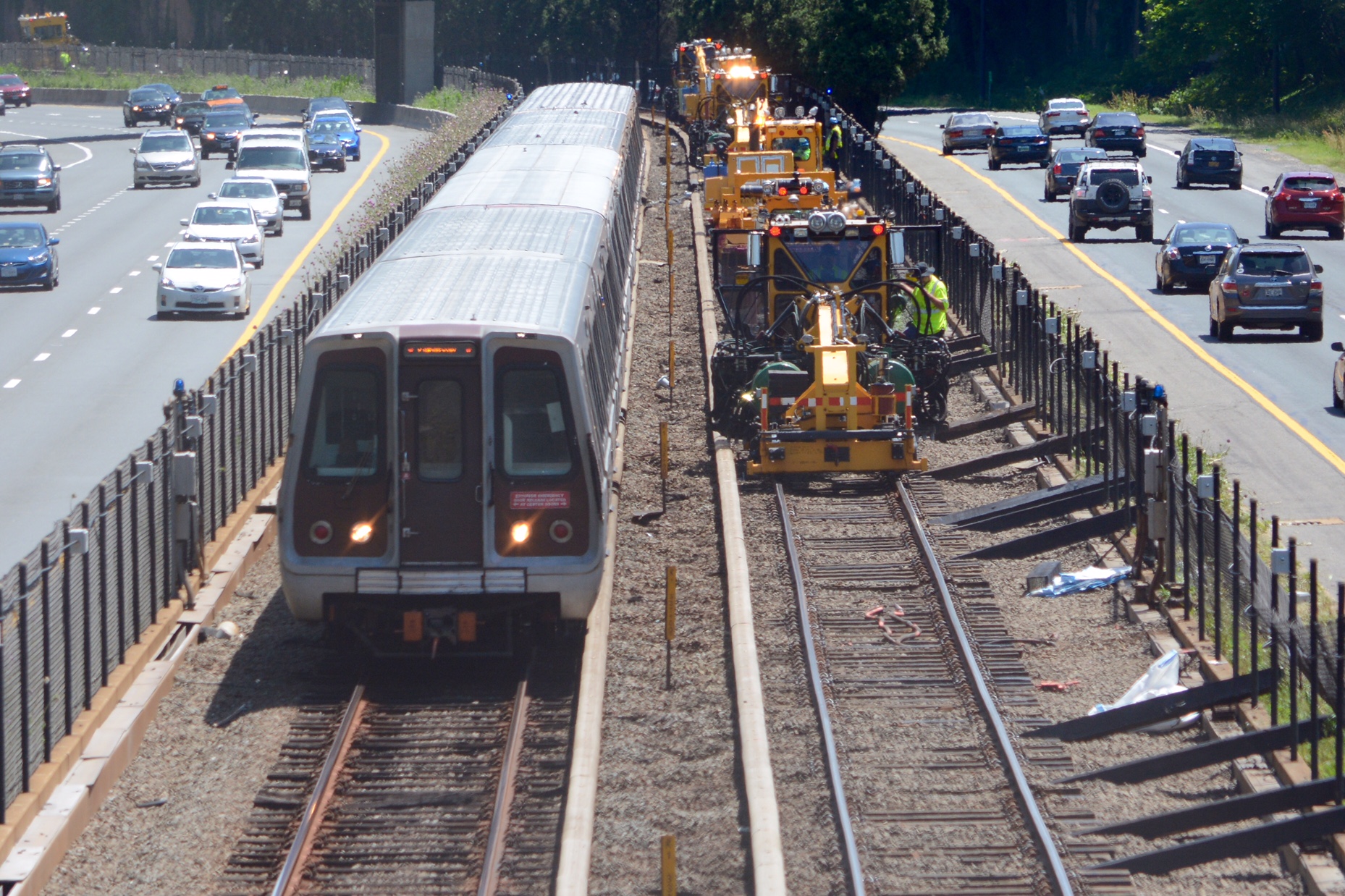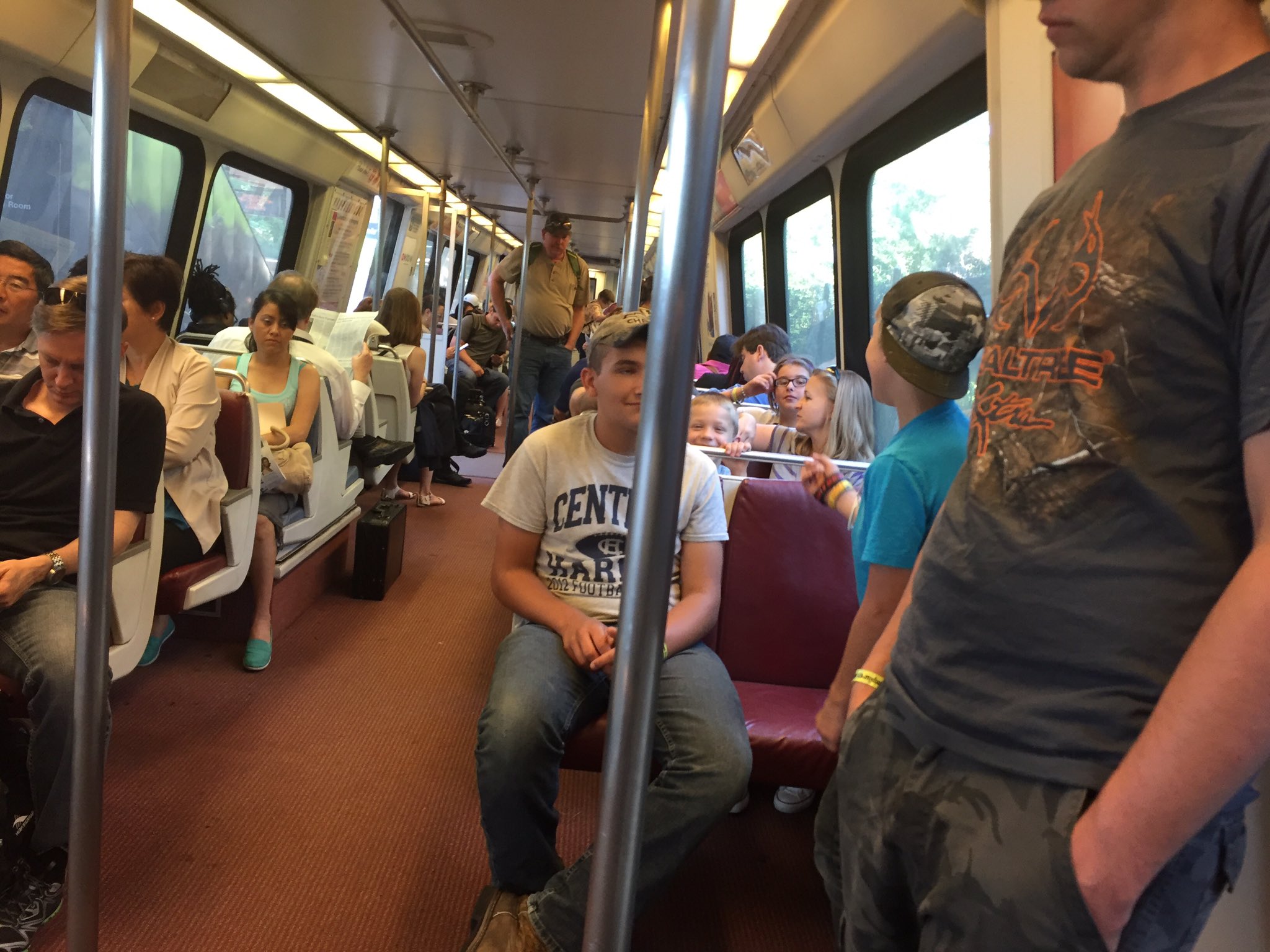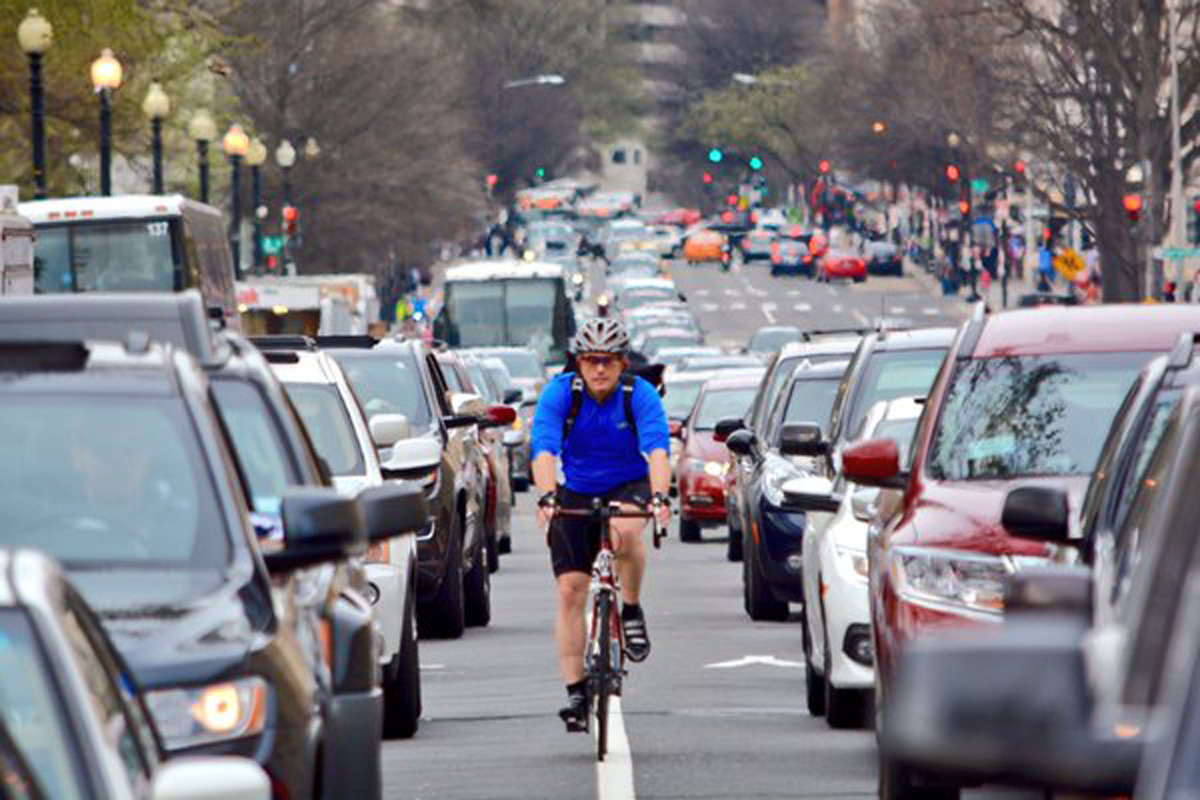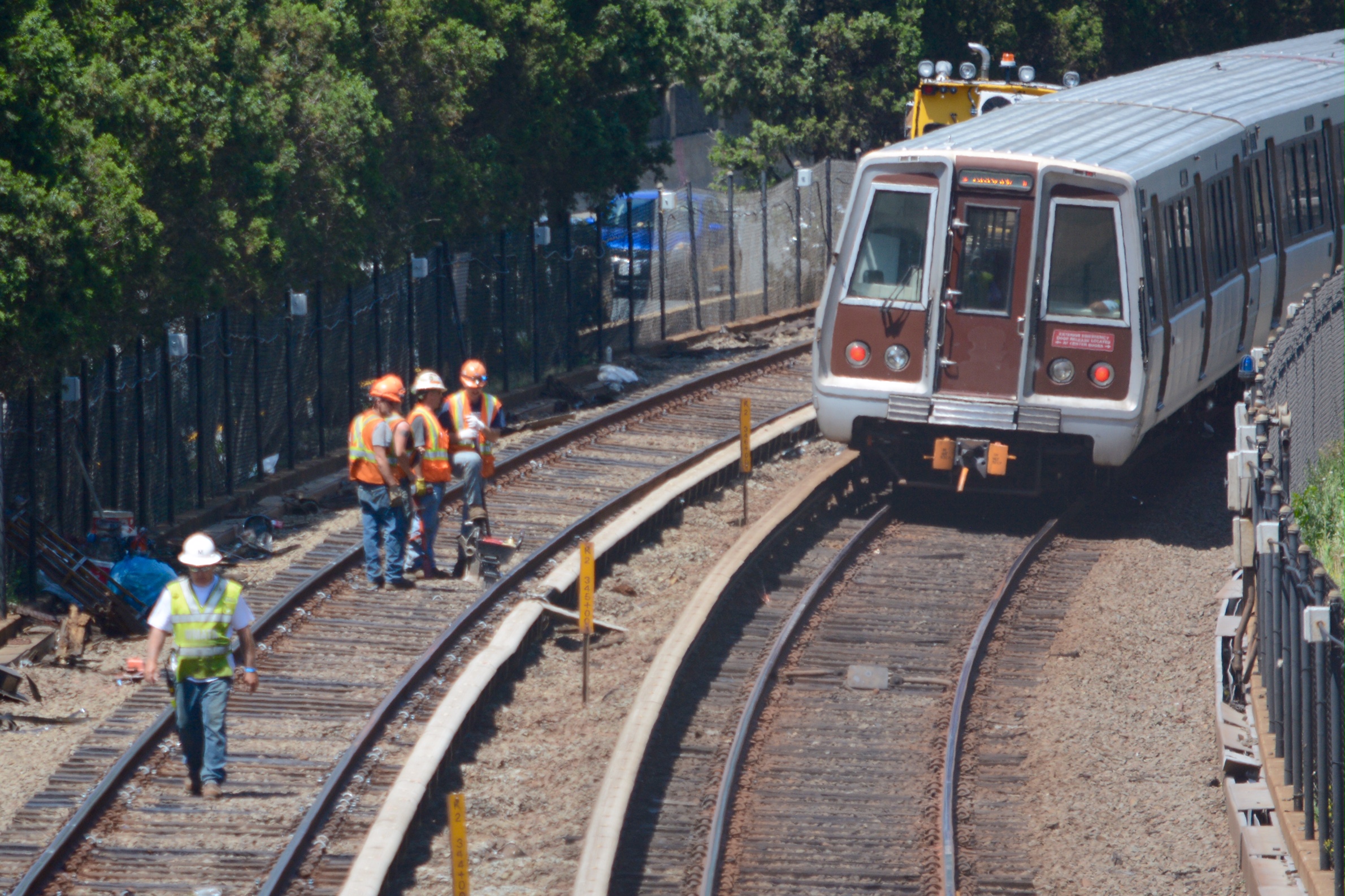WASHINGTON — The first week and a half of rush-hour Metro track work has been a shock to the region’s commute, but maybe it shouldn’t have been.
“In many instances the Washington, D.C. area got kind of spoiled by the fact that the maintenance that needed to be done wasn’t done,” Chicago Transit Authority President Dorval Carter told Washington-area leaders on Monday.
A long string of investigations has found that Metro long prioritized keeping trains running over immediate safety risks or longer-term maintenance problems.
“Now you’re starting to experience what I think other transit systems around the country experience on a regular basis, which is the surge disruptions that are necessary to both maintain and bring back up to a state of good repair the infrastructure that you’re trying to operate,” Carter said.
Despite the concerns, he believes Metro can turn things around if given the time and money.
Metro General Manager Paul Wiedefeld asked Carter and four other North American transit system leaders how Metro can keep up with maintenance going forward, even after the planned 10 months of rush-hour track work.
“That’s a challenge, and I think what you heard back is ‘Guess what? This is the new norm; you have to perform at this level,'” Wiedefeld said. “… You’re all in and you’ve got to remain all in going into the future.”
The meeting Monday at the Mayflower Hotel was organized by the Metropolitan Washington Council of Governments and the Greater Washington Board of Trade.
“Not only to ensure that Metro is once again safe and reliable, but that confidence and pride in the system is also restored. The vitality of the region, our economic livelihood, depends on this,” said Board of Trade Chairman Daniel Waetjen.
As the first “surge” of Metro’s 24/7 track work gets set to wrap up this week, Board of Trade President and CEO Jim Dinegar emphasizes that all commuters will need to plan ahead through at least March 2017.
“It’s not as much Metro; it’s actually the roads, and people have to carpool and they’ve got to shuttle bus and they’ve got to work around and adjust their schedules. It’s now more on the individuals and the employers to get their hands around this,” he said.
Wiedefeld said unequivocally Monday that the first surge will wrap up on time Thursday, and that the work has gone well.
“They performed a lot, they’ve got a lot done to date, no one’s been injured, and that’s always a concern with something this complex. I think the riders have gotten it; I think you’ve seen it play out on the highway system, but again I think that just underscores the importance of Metro to the region,” he said.
Beginning Saturday, the first major round-the-clock shutdown begins on the Blue, Orange and Silver lines. There will be no Blue Line trains in either direction through Rosslyn, and there will be no trains running through the Potomac Avenue or Stadium-Armory stations.
There will be much longer waits than usual for riders at all stations served by the Orange and Silver lines, including more than 40 percent fewer trains than usual in Virginia and more than 50 percent fewer trains than usual at those stations through downtown D.C.
From Prince George’s County, trains will only run between the end of the line and Minnesota Avenue or Benning Road. The shuttle buses from there to Eastern Market will not have enough capacity to carry all the regular travelers on the route.

